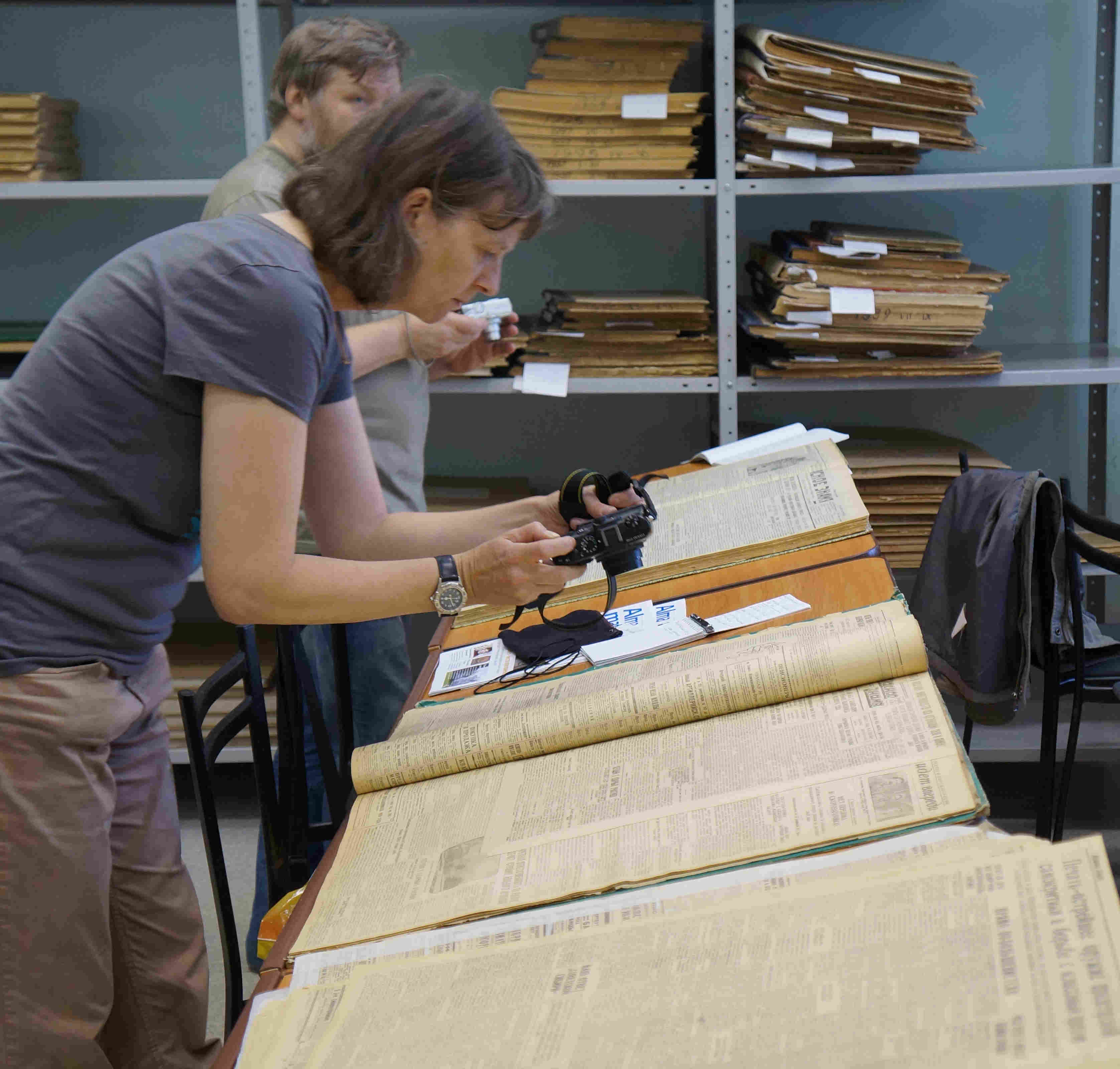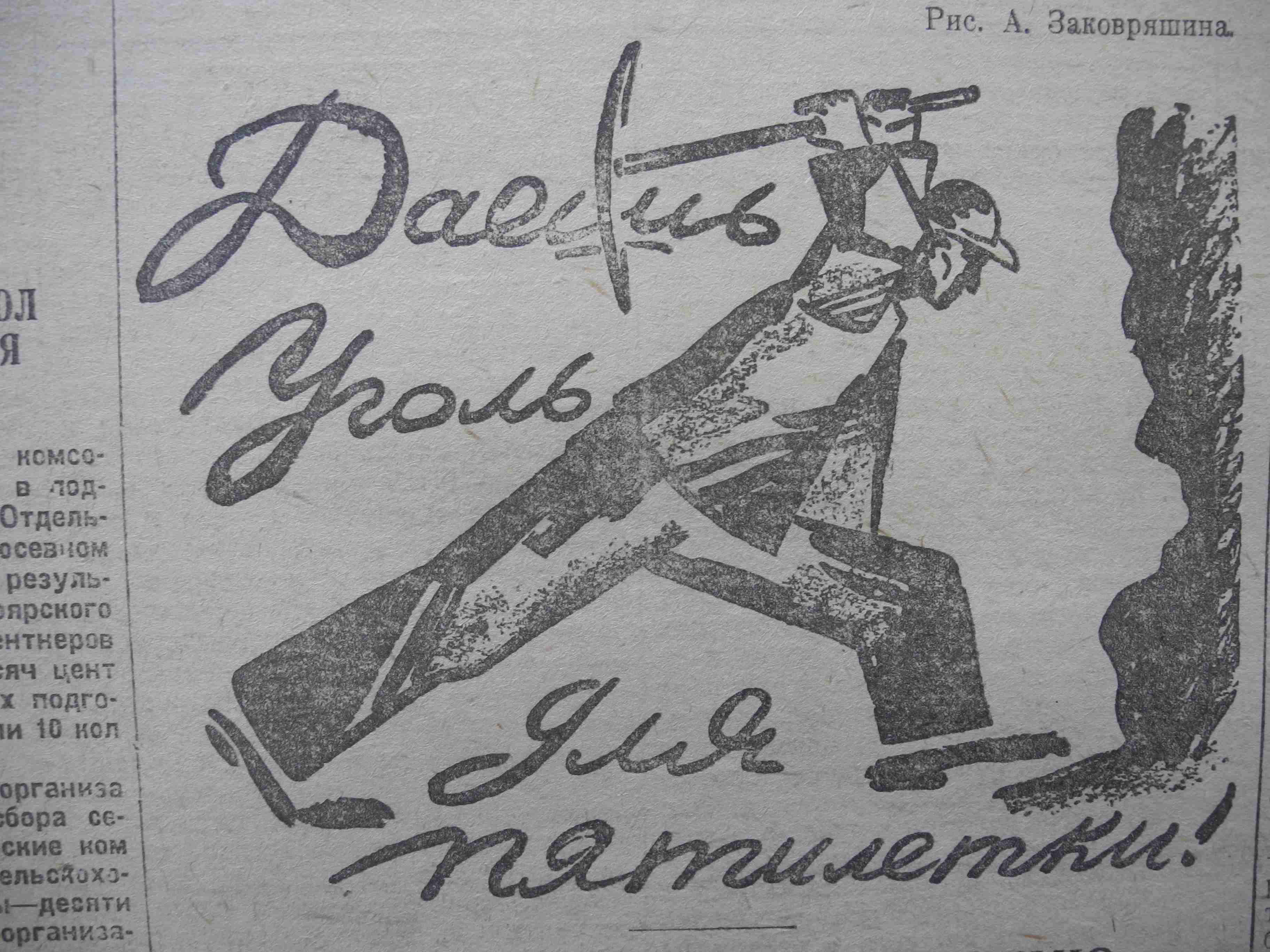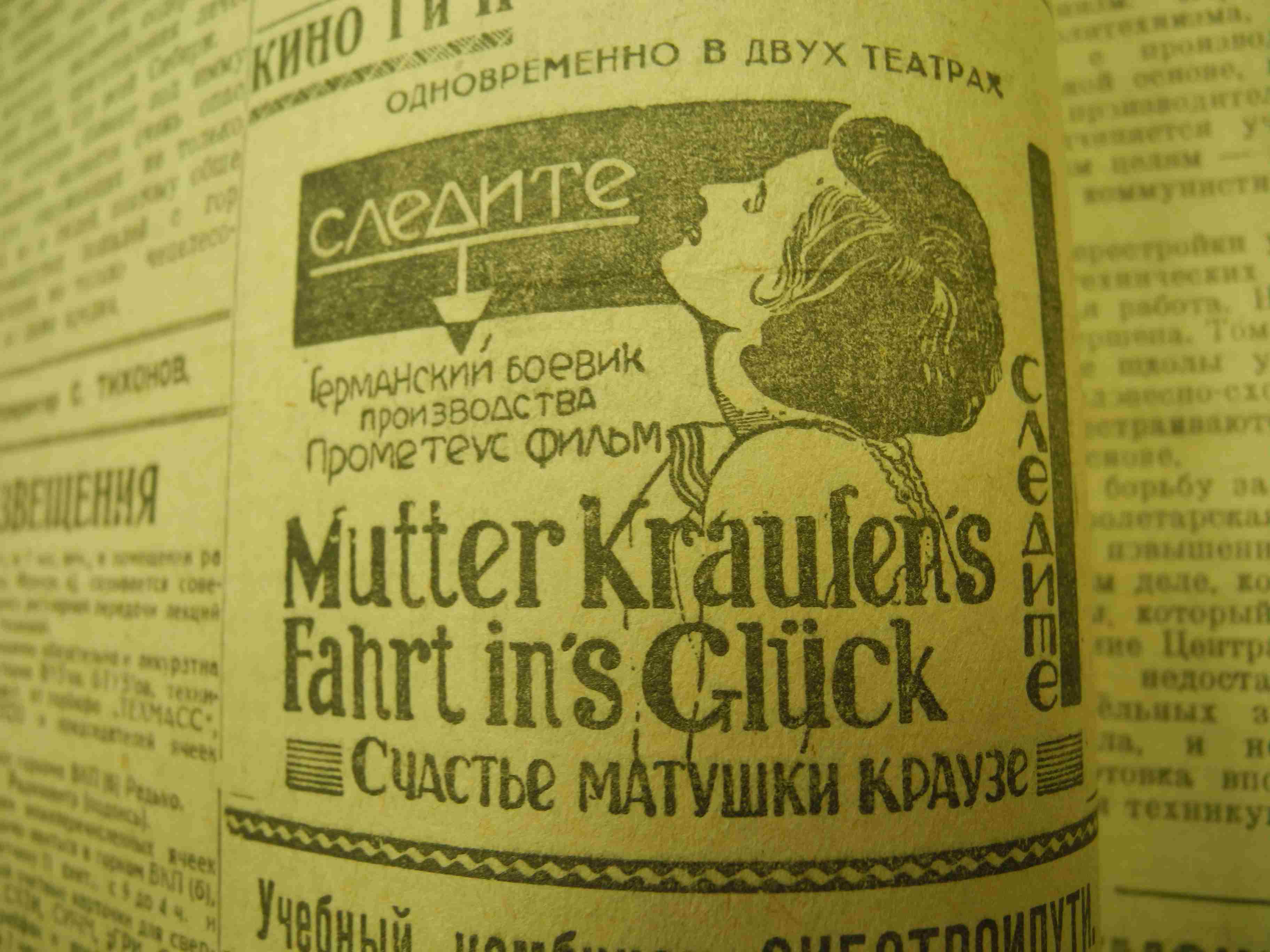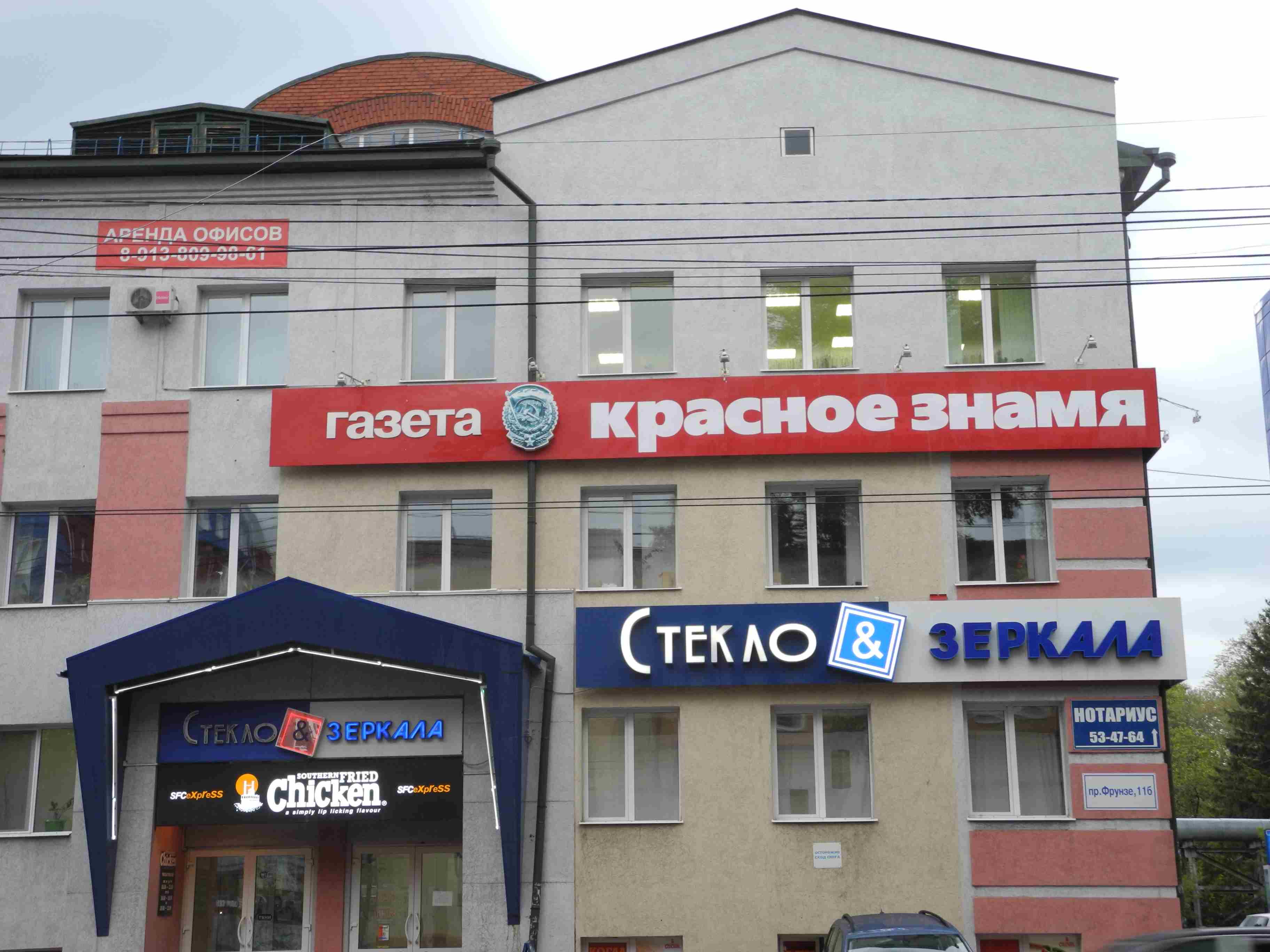01 | Tomsk/Berlin 19.05.2013
"Foreign Specialists about the OGPU Trudkommuna",
Article in the Red Flag, February 1932

Researching Tomsk local paper Krasnoe znamya
(Red flag), 1930-1935, in the university library
"While in the capitalist countries, which are gripped by crisis,
crime is soaring and new prisons are being built,[...]
criminals are not being reformed, [...] it is interesting to
record the opinion of the foreign specialists who visited
the Labour Commune of the OGPU near Tomsk",thus starts
an article in the Tomsk local paper Krasnoe znamya (Red Flag)
in February 1932.
I recognise two of the accompanying photographs from my mother's
Siberian photo album (lateron referred to as The Album).
Then I skim to the bottom of the article (lateron referred to as
The Article) and discover that it is signed "Huenecke, Piwkowski,
Wohlfahrt, Scholtyssek, Dreher, Rumpf, Cremer, Seifert, Gedig,
translated from the German by Isakova".
I have found an article written by my grandfather and his colleagues
in the local paper!
I am very excited. I remember the page in The Album with the caption
"Trudkommuna across the river Tom", always wondering what sort
of institution that was. Was it a real commune of idealists trying
to build communist society, similar to the "Autonomous Industrial
Colony Kuzbass", in which specialists and workers from over 30 nations
developed the coal mine in Kemerovo, I wonder?
After finding this article I realise that it was possibly idealistic,
but certainly not made up of volunteers (OGPU is the acronym
for the predecessor of the NKVD, the Soviet secret police,
later known as KGB). The AIK Kuzbass, which was founded by
Americans and a Dutchman living in the USA, such as Bill Haywood
who is buried in the Kremlin wall, existed from 1922 to 1927,
when its various branches were transferred to new economic
-administrative structures set up for the development of
the industry in the Kuzbass region.
The remains of the original settlement on the steep bank of the river
Tom were turned into the Red Hill Museum in 1991
(Well worth a visit! http://www.redhill-kemerovo.ru/).

"Get coal for the five-year plan"
Krasnoe znamya, 1930
"How radically and consistently the correct idea of rehabilitation
of former criminals has been implemented here is evident from how
the most diligent wards and those who have proven themselves in
community work are given the opportunity to receive a higher
education, and at this moment there are ten pupils of the commune
studying at the local college", the Germans write.
They were asked if they had any suggestions by way of improvement,
but wrote that this quick visit did not allow them to make any valid
suggestions. Instead they conclude that the viewing of the commune
showed them "that here, too, the tasks of the Five-year plan
are all being fulfilled". To underline their point,
this last bit is printed in capital letters.
This is amazing! I want to find out more.
What exactly was this Labour Commune and why did the foreign
specialists write an article about it?
Did they really write it themselves? Were they being involved
in the political work going on in those years?
I used to listen to my mother's tales of living in Siberia
while looking through The Album with her.
For her and her mother and older sister the two years in Tomsk
were a big adventure that they obviously loved. My mother was 11
when she went over and stayed there until she was 13, so hers was
a child's perspective. Apart from the fact that my grandfather worked
in the design and construction of conveyor belts for the extraction of
coal, and a few other small details my mother told me, I know nothing
about his work in Siberia. For him, for all the foreign specialists,
it will have been a completely different experience. They became part
of the Soviet workforce, had to deal with Soviet industrial and
administrative structures on a daily basis and they must have all
been subject to surveillance by the secret police.
Apart from this, what was it like to be a German in the Soviet Union
during these years? In the local paper of the years 1931- 1933
I saw many alarming articles, photos and caricatures relating to
the rise of fascism in Germany and other parts of Europe.
Did the foreign specialists and their families experience
any problems in relation to this geopolitical situation?

Showing at the cinema: "Mutter Krausens Fahrt in's Glueck"
Krasnoe znamya, 1932
There seems to be more to this episode in our family's history
than meets the eye. And in Tomsk, the people I spoke to seemed
very interested - apparently not much light has been shed on this
episode of the city's history.
I was invited by the History Faculty to give a presentation and this
had been intended as one short visit to Tomsk, just to see where
my mother had spent those two years.
But I met many wonderful colleagues at Tomsk State University
(lateron referred to as TGU) and came to like the city and
the welcoming and friendly nature of the Siberians instantly.
So, I feel this is the beginning of a journey of discovery!

The editorial offices of Krasnoe znamya today